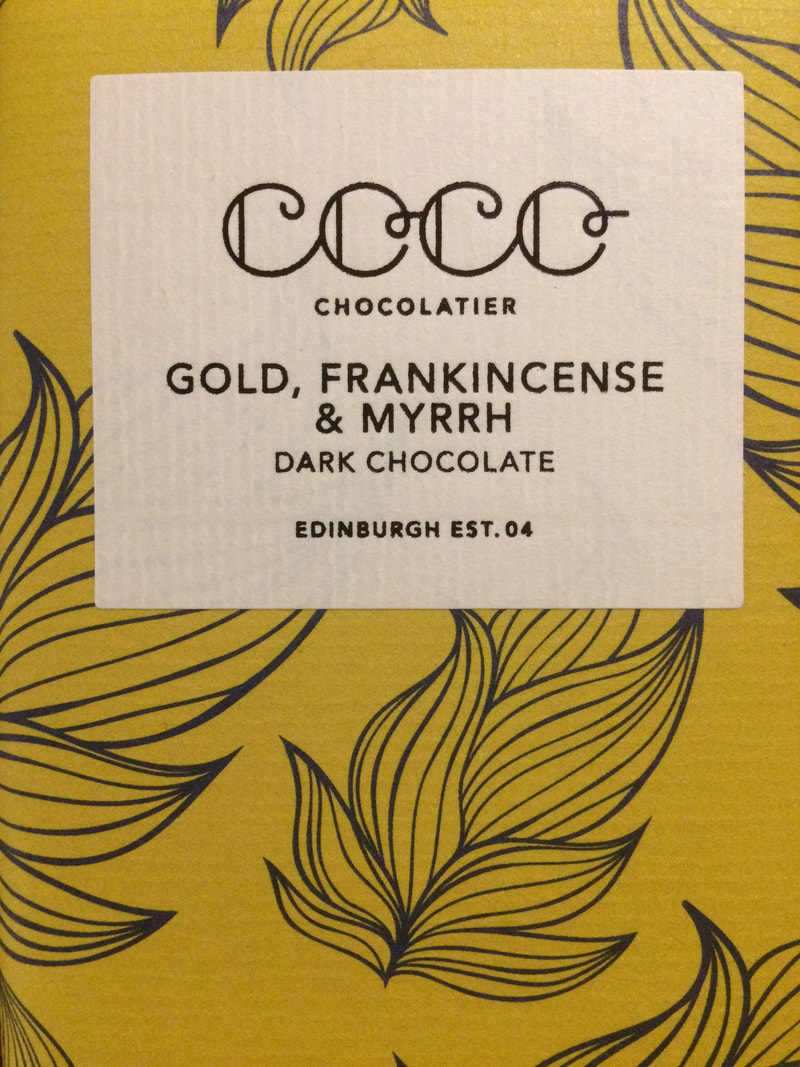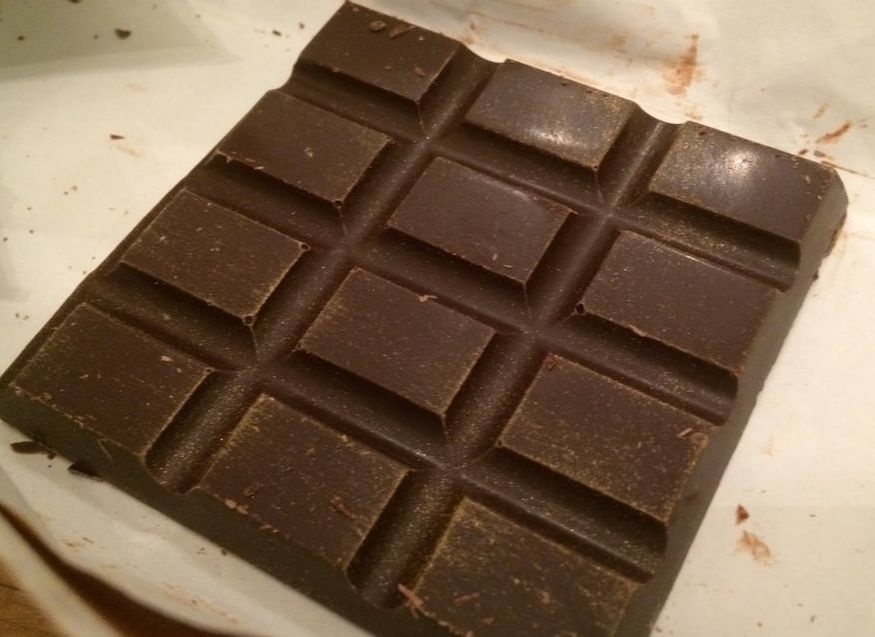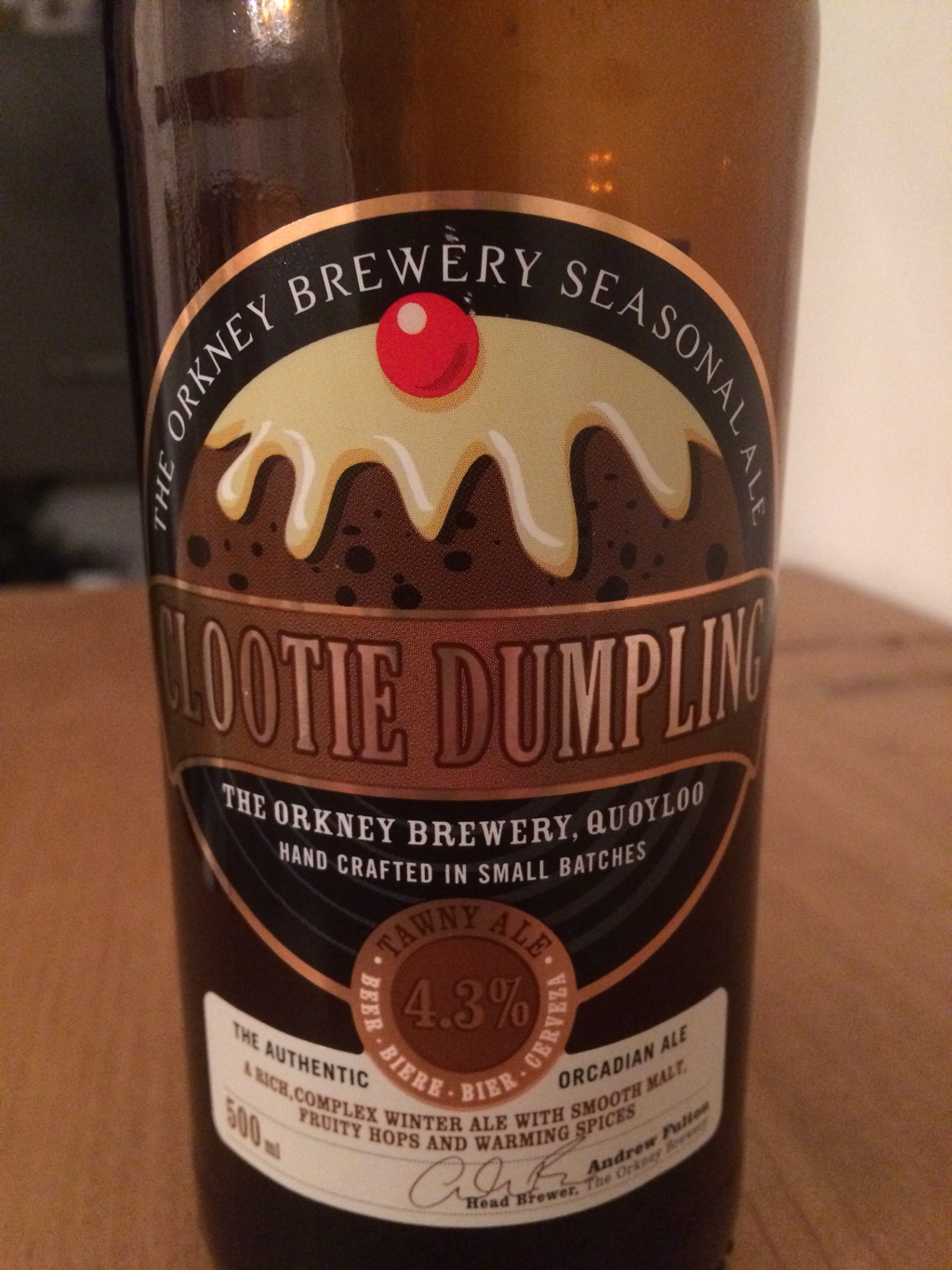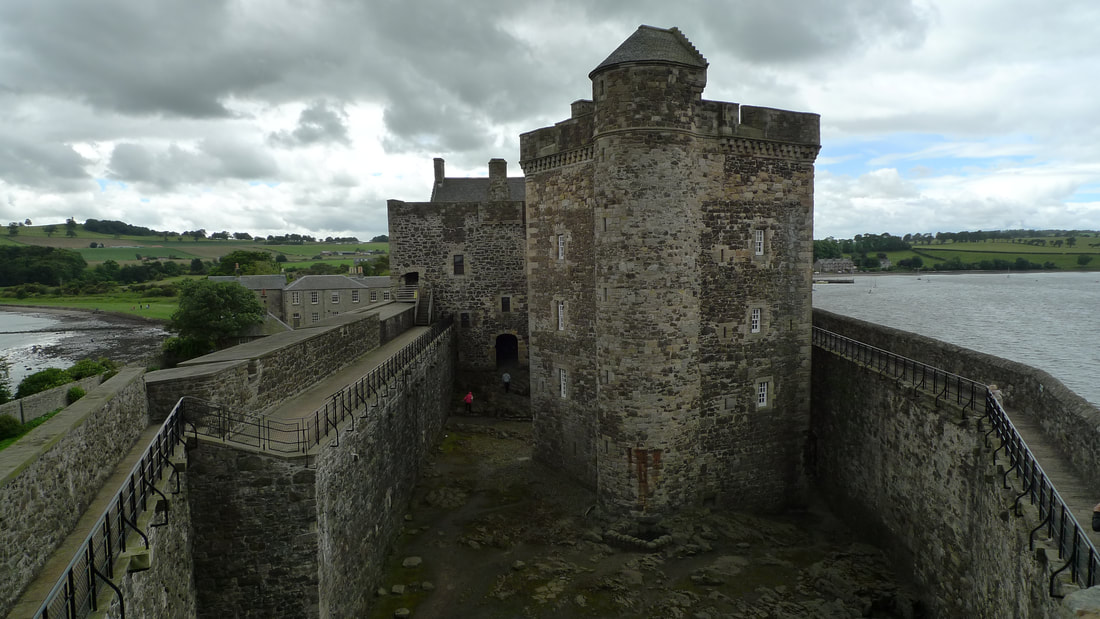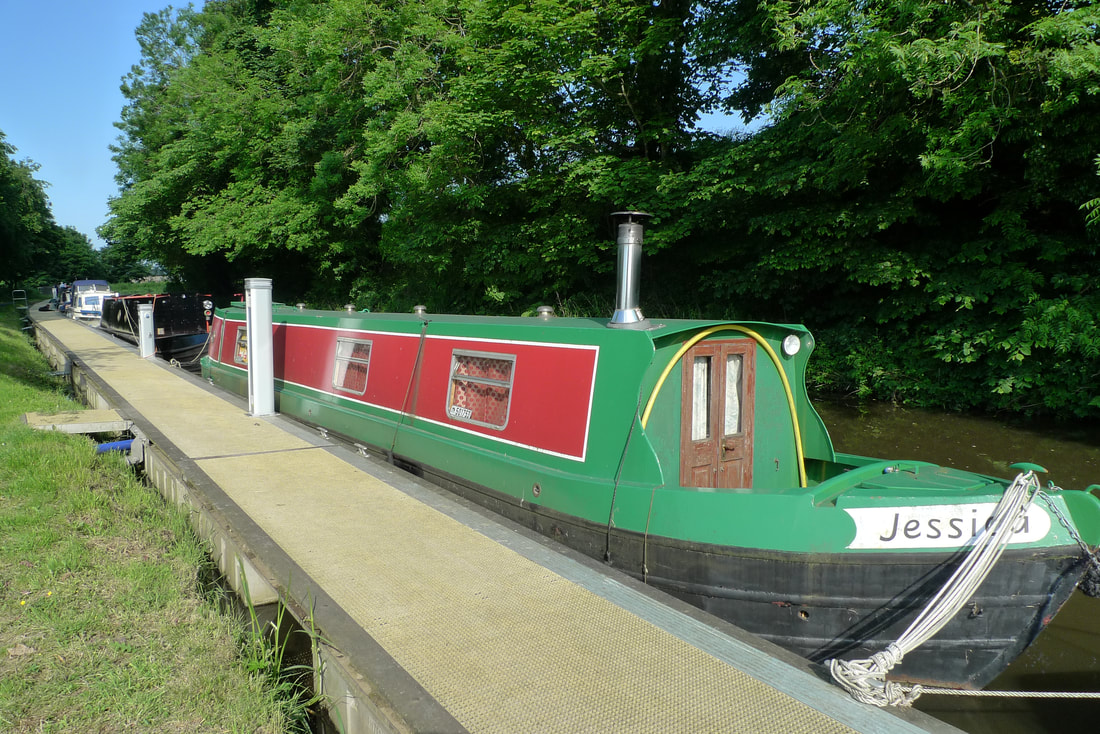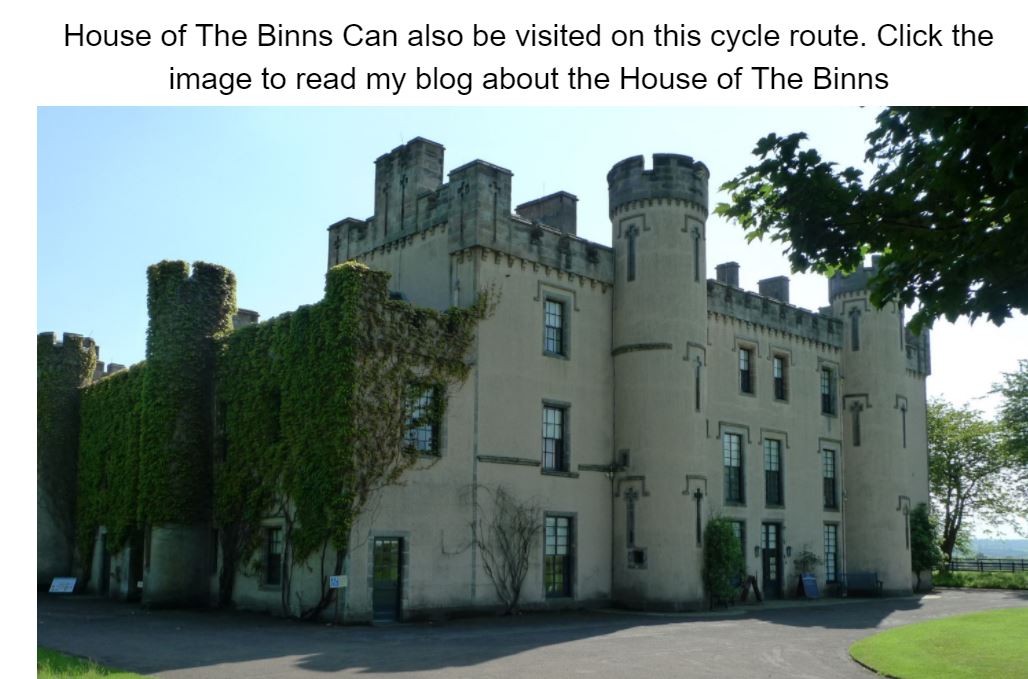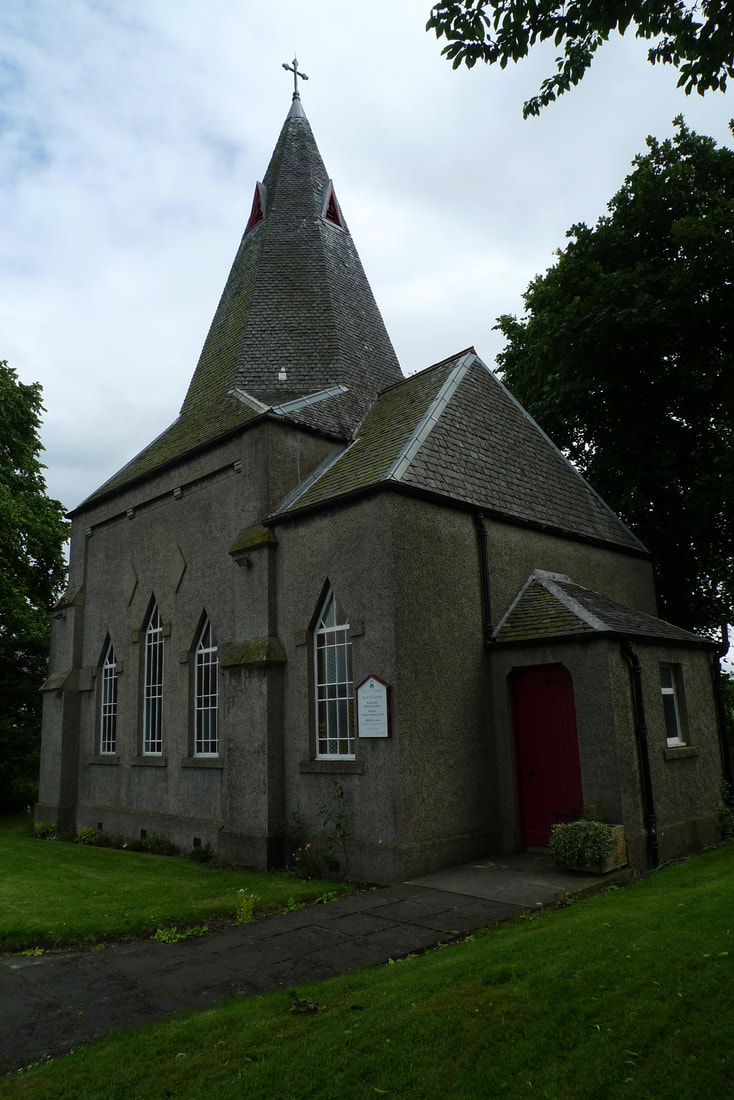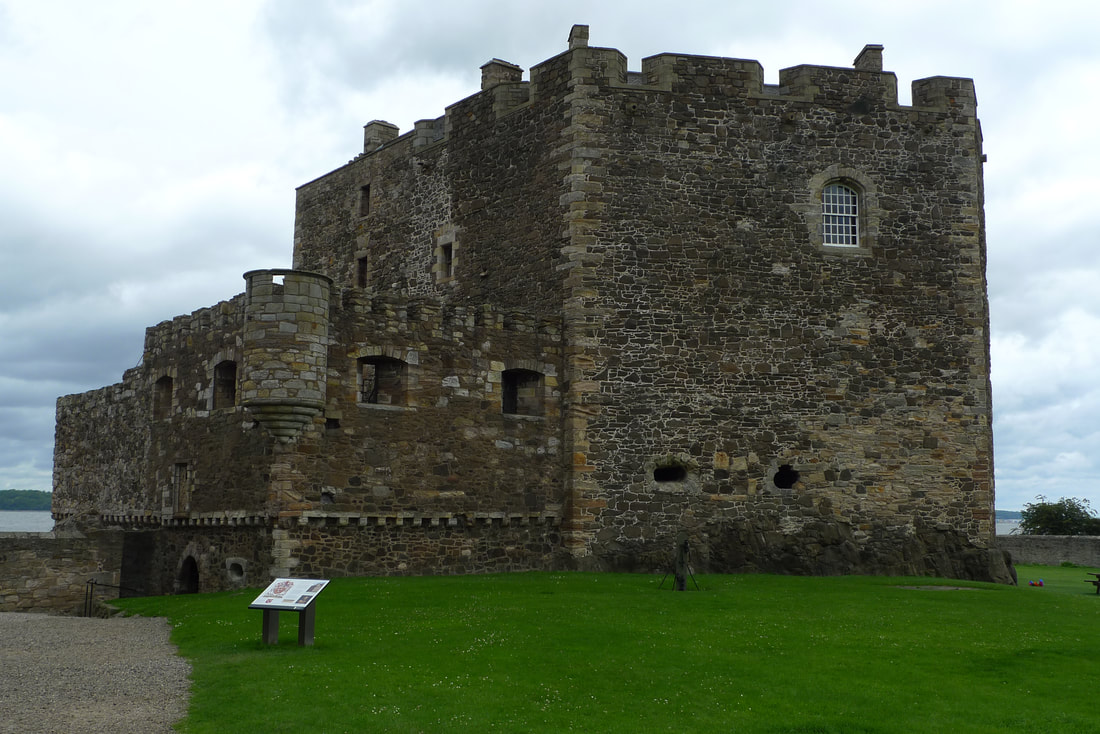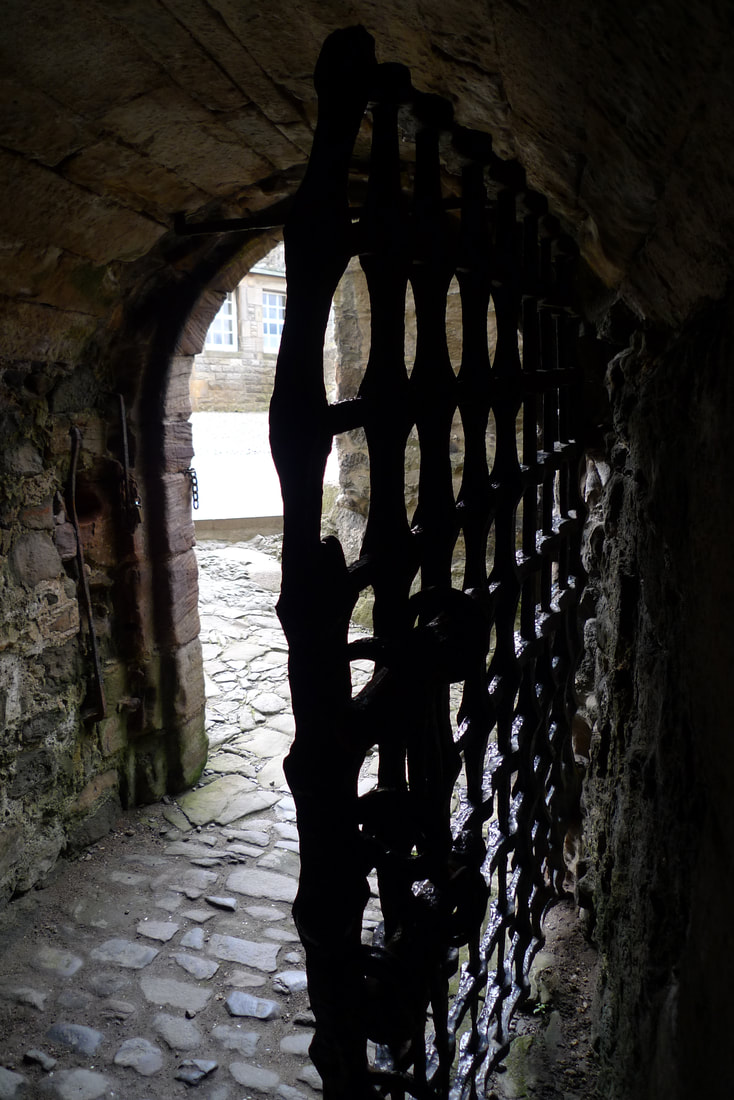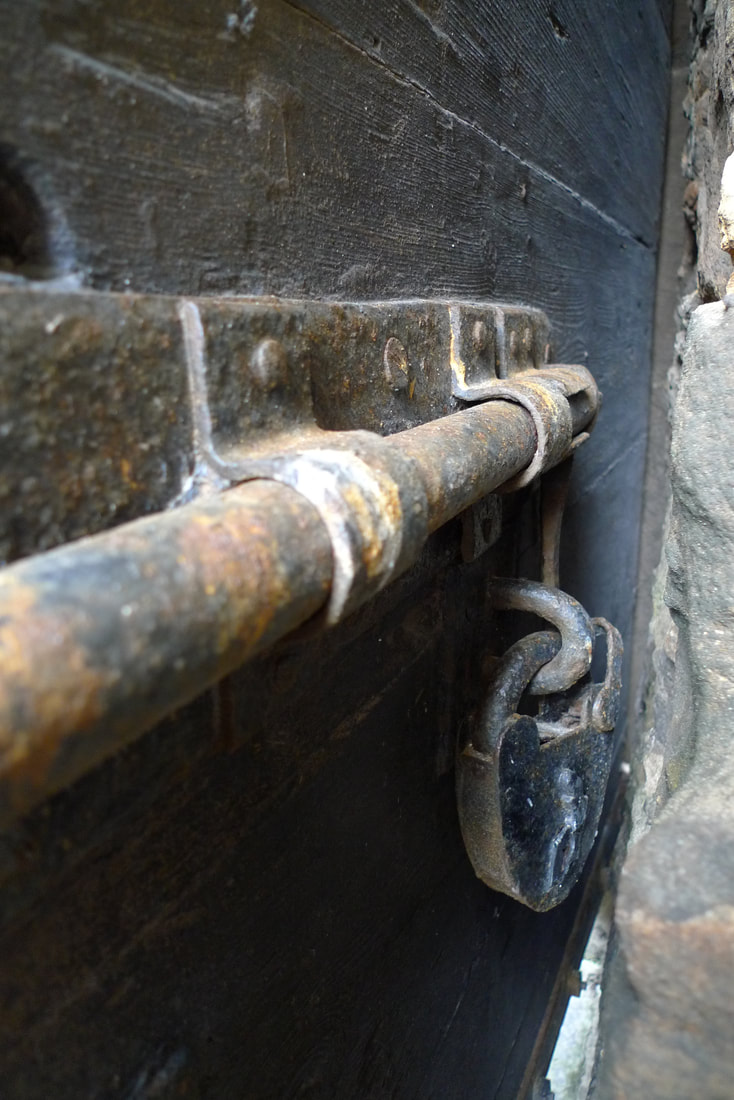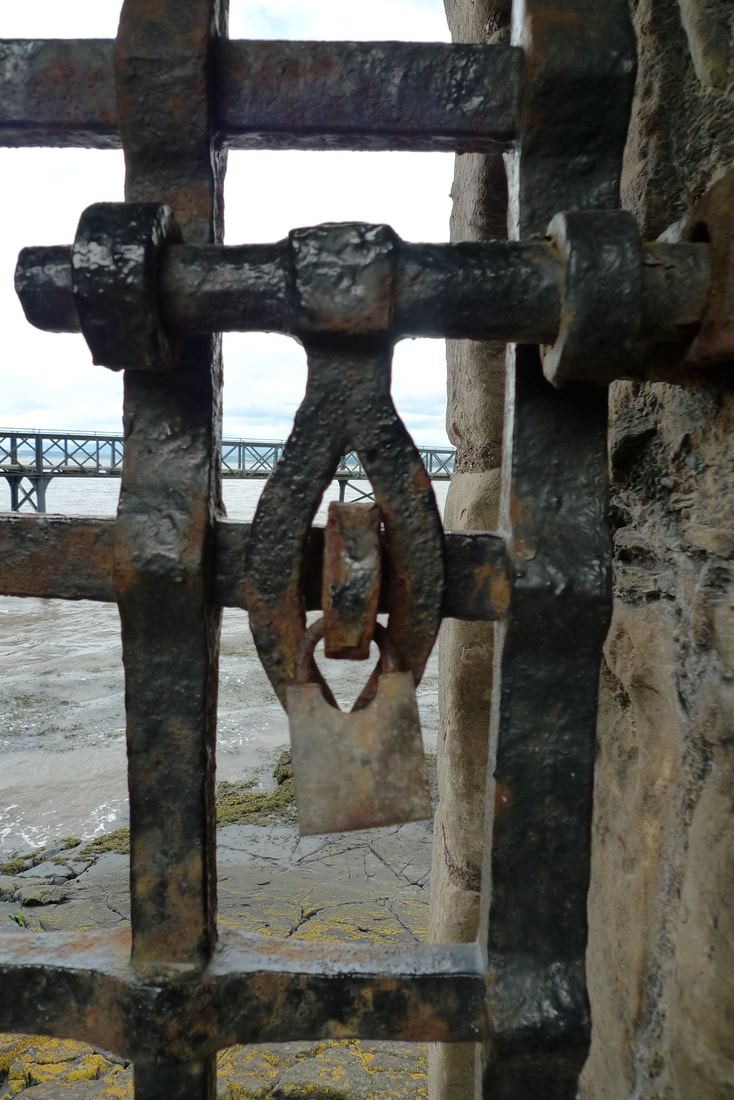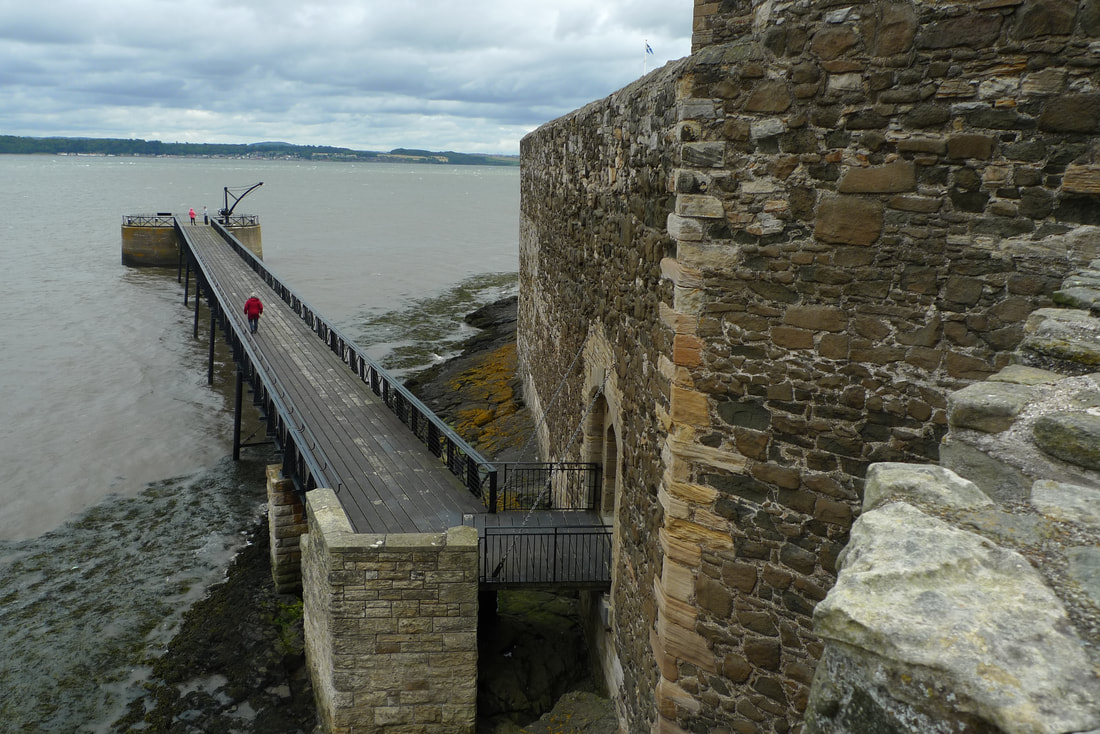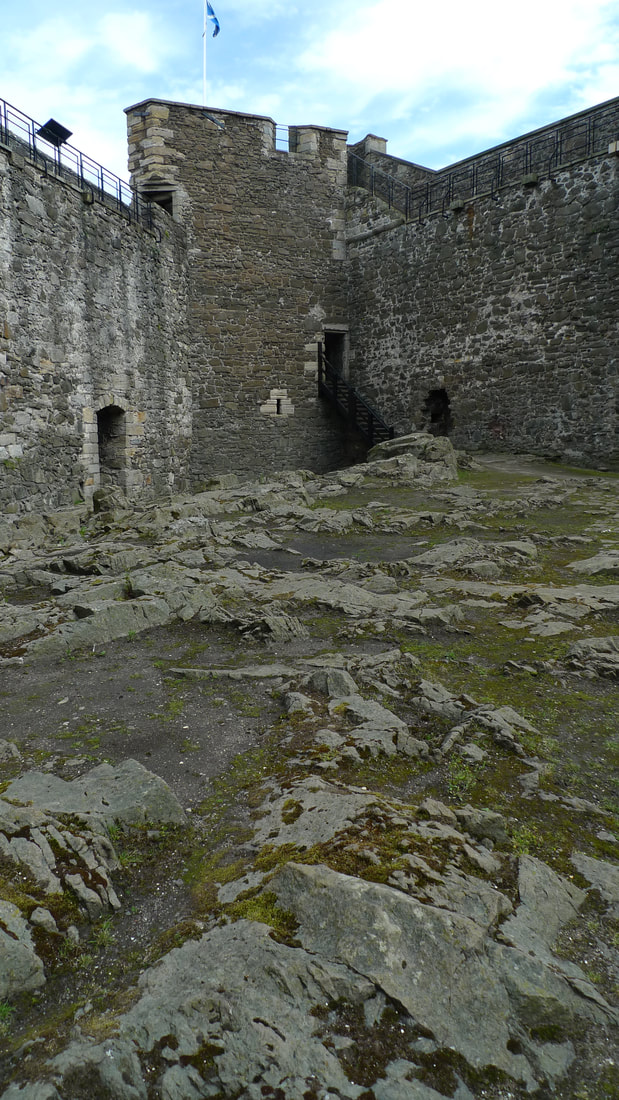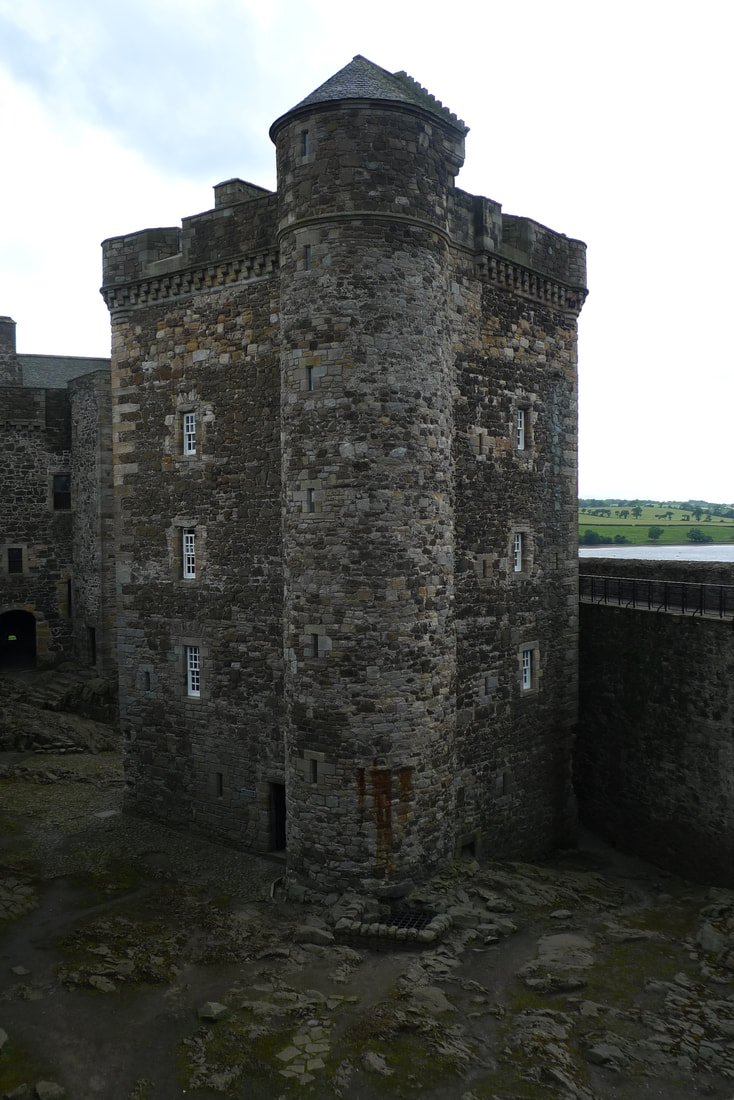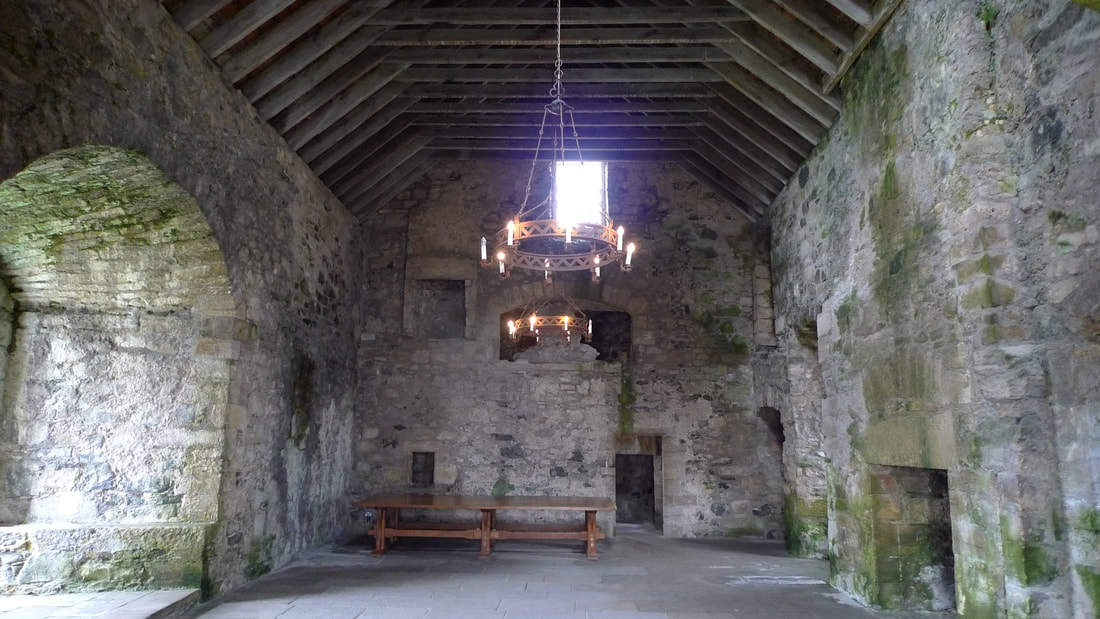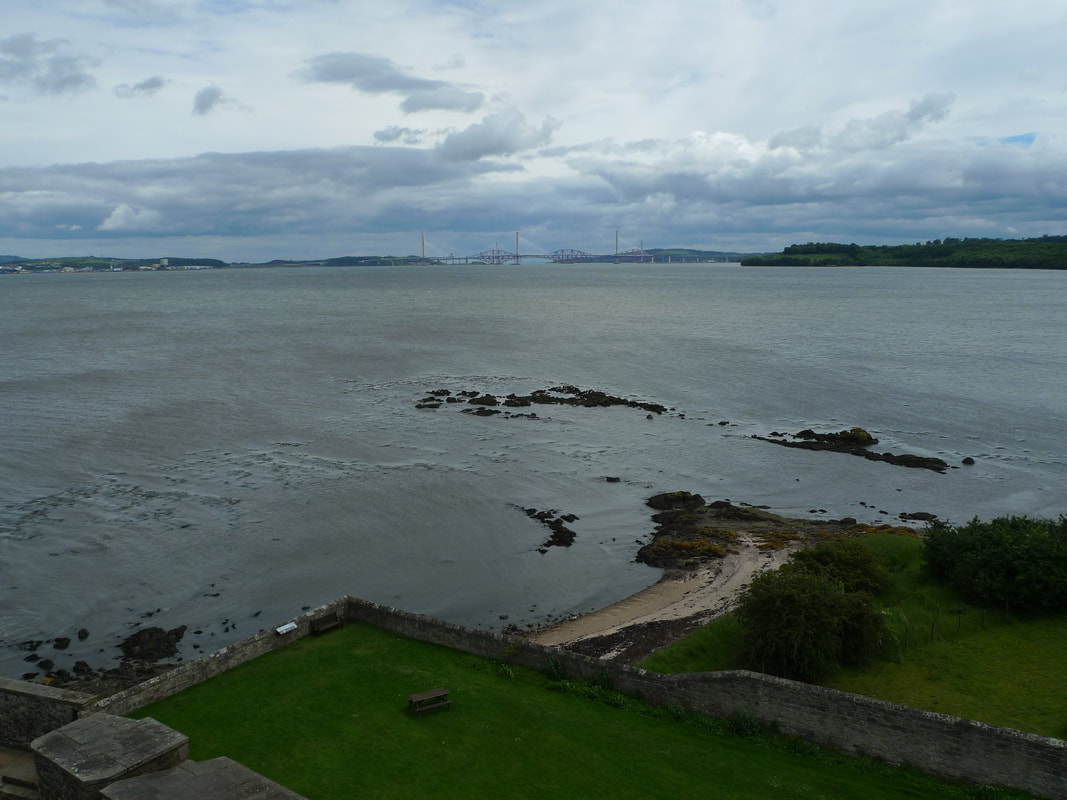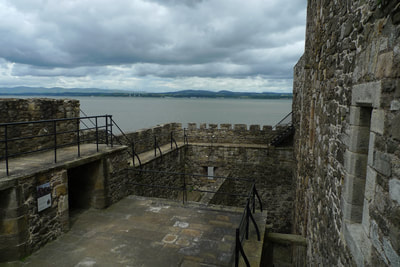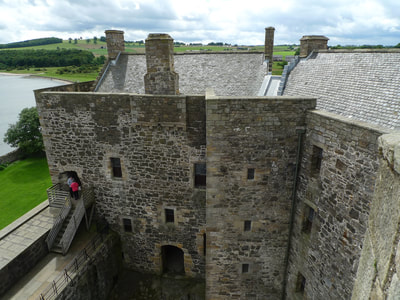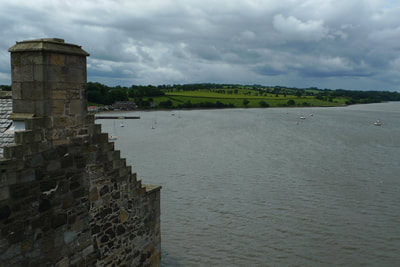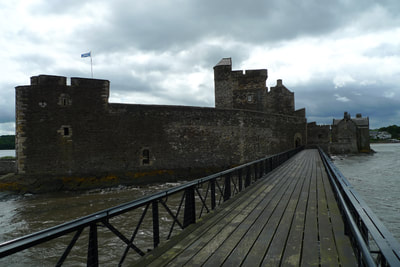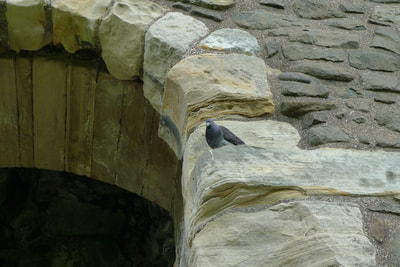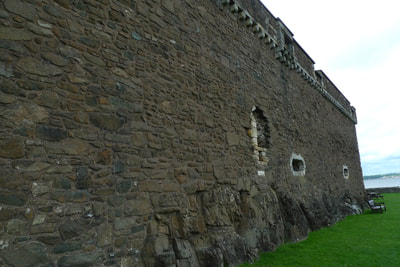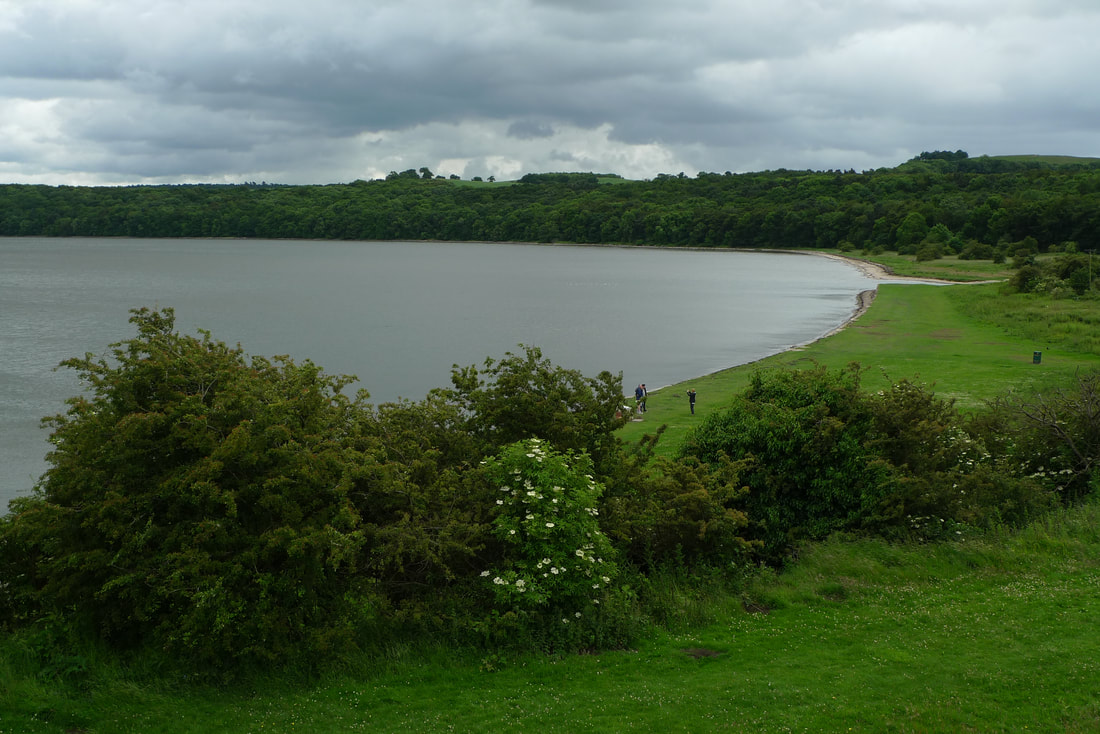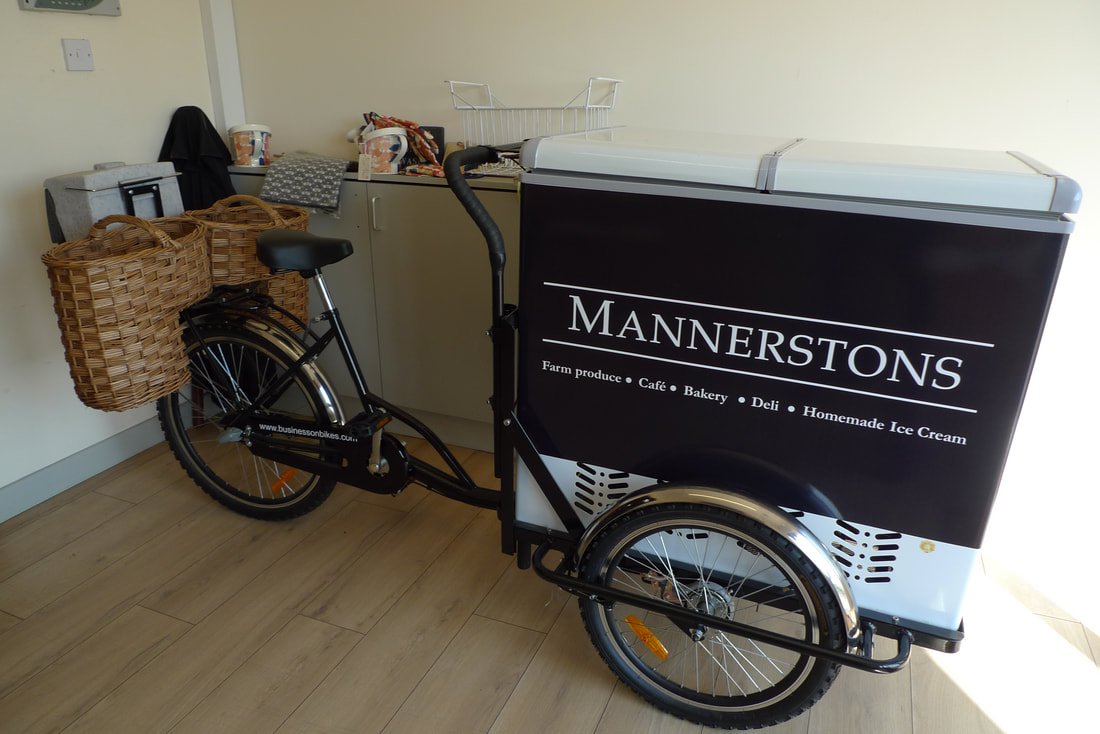|
Many of Scotland's food and drink producers release special products at Christmas time. It is fun to try them out and see if they evoke the flavours of the season and make you feel all festive. I decided to give two a try. One is a chocolate bar by Edinburgh-based Coco Chocolatier and the other is a beer by The Orkney Brewery. Gold, Frankincense and Myrr Dark Chocolate Coco Chocolatier in Edinburgh produces luxury chocolate bars with unique flavours. You can read more about them on my previous blog. This particular bar intrigued me as I wondered if you could successfully create these flavours in a chocolate bar. Reading the ingredients there is a tiny amount of Frankincense and Myrr oil (less than 1%) in the bar. Gold food dust has been sprinkled onto the bar to create a glittery surface, which you can see in this photo: When I broke a bit of the chocolate off and put it to my nose I liked the scent, but couldn't put my finger on it, it was earthy and perhaps faintly festive, but I thought it was difficult to detect. I found the taste to be too subtle to say with any certainty that I could taste myrr or frankincense. Nevertheless it is delicious chocolate and you can easily tell that it is high quality. Although I didn't think that the flavour worked, the gold glitter certainly made the bar look Christmassy and it has beautiful wrapping, so this would make a lovely gift. Clootie Dumpling Seasonal Ale The Orkney Brewery produces a very fine selection of beers that are worth trying. One of my favourite Scottish beers is their Dark Island and you can read a review of this on a previous blog. The Clootie Dumpling is a seasonal edition and if you are not familiar with this Scottish pudding have a look at the rear label for an explanation: 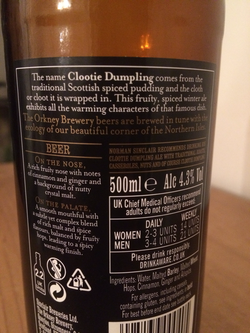 The smell of this drink successfully captures that winter fruit pudding scent. It conjures up a boozy cake with delightful flavours like rum, cloves, cinnamon and ginger. On the first few sips I thought that there is a subtle hint of festive tastes, but not noticeable enough that this could be picked up in a blind taste test. The taste that really comes through is bitterness, but pleasant and not overwhelming, and caramel. I found that the more I drank of it the more I was left with an aftertaste of those winter spices and it made me feel warm and nice and that's what you want from a Christmas drink. I do think the smell works better than the taste in capturing the essence of a seasonal pudding, but it is still a really delicious beer. Have you tried any Christmas inspired Scottish products? Let me know in the comments below:
0 Comments
As you make your way around Blackness Castle you will notice indestructible iron gates. locks, slots for guns, and thick walls. Henry VIIIs ambassador described the castle as 'impregnable' and this is certainly the impression you get from a visit. It sits on a promontory of the River Forth with the walls forming a 'V' shape into the water that mean the castle is often called the 'ship that never sailed'. It is a fun castle to explore with plenty to keep you occupied in the form of walkways with breathtaking views over the water, towers, spiral stairs and vaulted rooms with fireplaces.
Highlights of this Cycle Route
Take a train to Linlithgow and start cycling along the canal Linlithgow is only 20 minutes from Edinburgh, 30 minutes from Glasgow. The canal is just one minute from the station. Once on the canal you turn left and cycle for 3 miles.
You are looking for a path that branches away from the canal at Philipstoun and takes you through a small housing estate. You emerge onto a minor country road with minimal traffic that leads you under the railway and then over the M8 motorway.
This country road deposits you on the A904 where you turn right. This road can have steady traffic, so you need to be reasonably confident to ride it, but you are only on it for about 200 meters as you take the first left onto a minor road called Mannerston Holdings.
This road is next to a wall that has the grounds of House of the Binns on the other side. This house is very much worth a visit and you can read more about it in my previous blog.
The final stretch of road into Blackness is downhill where you will pass an unusually shaped church on the left, the Blackness Mission Church. Turn right at the bottom of this road to proceed along the shore towards the castle entrance.
This castle is a lot of fun to explore because of the many staircases, passages and rooms to walk around. This is what makes Blackness stand out when compared to some other castles which may not have as much to explore. There is enough here to keep you occupied for a good while and fire up your imagination about what it must have been like to live and work at Blackness.
The architecture of Blackness is all about defense. One of the key features in its arsenal is the caponier which is a passageway between the inner and outer walls. Soldiers could descend through a trapdoor into this corridor to fire through slits at any enemy that managed to breach the outer wall. You can imagine that it must have been total carnage for any opposing force caught in this area. The castle was also well designed to resist attack from the sea with immense walls that had canons pointing out of them. It was only when technological advancements in artillery made it possible to batter the walls substantially that the castle surrendered to an enemy. This happened in 1650 when Oliver Cromwell attacked simultaneously from land and sea. The building is well endowed with iron gates, bolts and padlocks:
As you explore you can hear the sea lapping against the walls and there is a wooden jetty at the castle's seaward door which takes you a good distance over the water to a crane. This was added in the 1870s when the castle was being used a munitions store when Britain feared a French invasion; boats docked to collect supplies for gun batteries along the Forth.
I found the most fascinating part of the castle to be the natural rocky surface on the floor of the courtyard, a part of the original landscape that had been here long before this building ever was. This is the perfect illustration of that combination of the natural and man made that composes the structure of many of Scotland's castles.
It was tricky to scramble over these rocks and it was likely to have be covered with some sort of platform to make life easier for the castle inhabitants.
Among this craggy surface there is a tower. It feels like it has been plonked in there, not being attached to the rest of the structure. Or, a castle that found itself surrounded by another castle. This tower was used as a prison and you can go inside for a good look around.
You will notice that this prison tower is surprisingly well appointed with fireplaces, toilets and even storage areas for belongings. This is because it was for wealthy prisoners, people of high standing who had fallen out of favour with the King. These people were allowed to go for daytime walks up to 3 miles away from the prison and were allowed their own servants to tend to their needs. They could also bring their own books, furniture and tapestries into the tower.
There was also a pit prison in the castle which could not be further from the luxury of the tower. Here, lower ranking prisoners lived in misery with no fires, rats for company and waiting for the daily high tide to wash away their toilet waste. In 1924 a manacle was found in the pit, still with the wrist bone of some unfortunate attached to it. The keeper of the castle was well paid for looking after the prison. His apartments were luxurious and you will find a grand hall with a high ceiling and fireplaces.
The castle's battlements provide superb views of the River Forth and you can spot the famous rail and road bridges:
Once you have finished exploring the castle it is worth taking a walk down to the grassy area on the shoreline. It is a pretty spot for a stroll and a good area to view the castle jutting out into the river.
Cake Time
There is no cafe at Blackness Castle, but there is a good place nearby. Mannerstonsfarm shop and cafe is a couple of minutes cycling on the A904. This is a popular place where you can buy vegetables, fruit, cheese, meats eggs, jams and other farm produce. They also do a fine selection of homemade ice cream. The cafe provides tastyhome baking and I can recommend the Victoria sponge cake. There is outdoor seating to make use of on sunny days. Make sure you don't miss their delivery bicycle parked in the entrance way.
Blackness is located in the West Lothian region of Scotland. Find out more about what there is to see and do on the Visit West Lothian website.
Who takes a gun on a cycling trip? Dervla Murphy lists a .25 automatic pistol as part of her kit list for travelling by bicycle to India. And she ends up having to use it! This was the 1960s and she was making her way through countries like Iran, Afghanistan and Pakistan. This book is a beautifully written and gripping account of a cycling adventure that paints a gorgeous portrait of the landscapes and peoples of these regions.
I have read many books about cycling adventures and I find that many tend to focus on the cycling more than the experience of travelling because the author is more a cyclist than a travel writer. Dervla Murphy is clearly a travel writer with beautiful descriptions of the places and people she encounters. For her the bike is simply the mode of transport, although she has a lot of affection for her bicycle and gives it the name of 'Roz.' Throughout this book you get an overwhelming sense of the author's total love of travel and experiencing everything and recording it in exquisite detail. Murphy has a great sense of humour that comes across in the writing: "This is the part of Afghanistan I was most eager to see, but in my wildest imaginings I never thought any landscape could be so magnificent. If I am murdered en route it will have been well worth while!" There are many dramatic situations during the author's adventure, including using her gun to fire a warning shot when she awoke to find an almost-naked Kurdish man standing over her bed. In Iran she had to fire another warning shot when a group tried to steal her bicycle. I was shocked to read this and wondered if the world was a more dangerous place back then than it is now. Then again, when you read about the hospitality and the stunning landscapes that Murphy experienced in Afghanistan you cannot help feeling sad that this country is now a place that most travellers would avoid. I should mention that some of the descriptions of people use racial words. This is probably because these terms were acceptable back in the 60s and it is very clear that there is no racist intent and that Murphy has a very deep respect and admiration for the people of these lands and their religion. She writes positively and glowingly about the cultures she comes across and she develops a love for the people of Afghanistan. Although bus travel, truck travel and horse riding (including a horse that the author christens 'Rob') sometimes are more prominent than cycle travel there is plenty of fun and hardship that the author has with her bicycle. This includes cycling uphill in Pakistan in 102 degrees Fahrenheit and drinking 24 pints of water. Murphy survives another day with nothing other than a tiny bowl of stewed clover to sustain her. This is classic travel writing at its best. It is thoughtful, detailed and fascinating. You can buy this book by clicking on the Amazon image below: |
|

